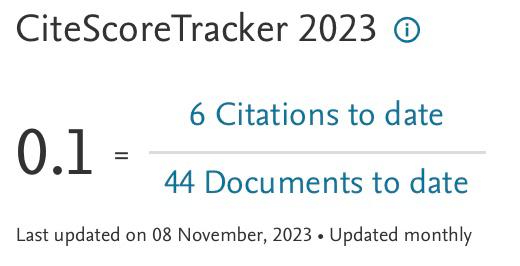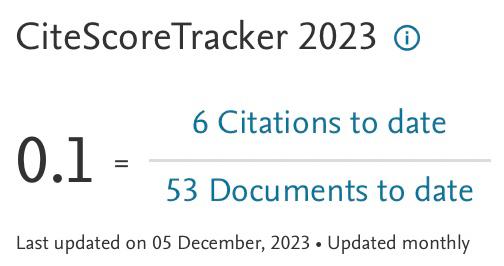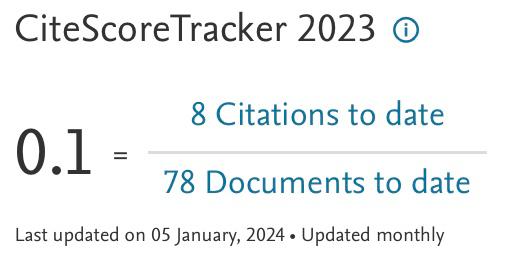Advancing Rehabilitation Accuracy: A Robotic-Human-Like Controller for Continuous Passive Motion with Natural Behavioural Responses
DOI:
https://doi.org/10.37934/aram.124.1.8198Keywords:
Continuous Passive Motion (CPM), Surface Electromyography (sEMG), Dynamic force estimation, Ridge-Polynomial Model, Artificial Neuron Network (ANN), Support Vector Machine (SVM)Abstract
Conventionally, researchers have primarily focused on developing gravity-compensation robots without considering the voluntary resistant force in continuous passive motion (CPM) therapy. This leads to critical limitations in robot-assisted therapy compared to conventional therapy administered by therapists, particularly in terms of generating natural behavioural responses in patients. To address this limitation, our proposed technique aims to investigate model-based dynamic force estimation specifically related to intrinsic muscular force in order to develop a robotic-human-like controller for CPM therapy. We conducted an estimation of the muscular force based on surface electromyography (sEMG) signals using Ridge Polynomial, Artificial Neural Network (ANN), and Support Vector Machine (SVM) approaches. Strategic preprocessing and model optimization procedures were implemented. The optimized results demonstrate that ANN exhibits slightly superior performance enhancing the accuracy and precision with its quicker testing time. Moreover, the substantive results demonstrate a notable comparison between the use of conventional gravity compensation and our novel technique which integrates both intrinsic muscular force and gravity compensation. It reveals that our approach yields calculated voluntary forces that more closely approximate to the actual values in comparison to the conventional method. In conclusion, this research makes a significant contribution to the development of a smart robotic controller offering high-accuracy measurement of voluntary forces for CPM therapy, thereby facilitating natural behavioural responses.






















